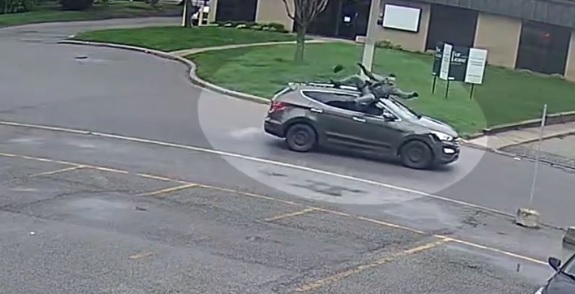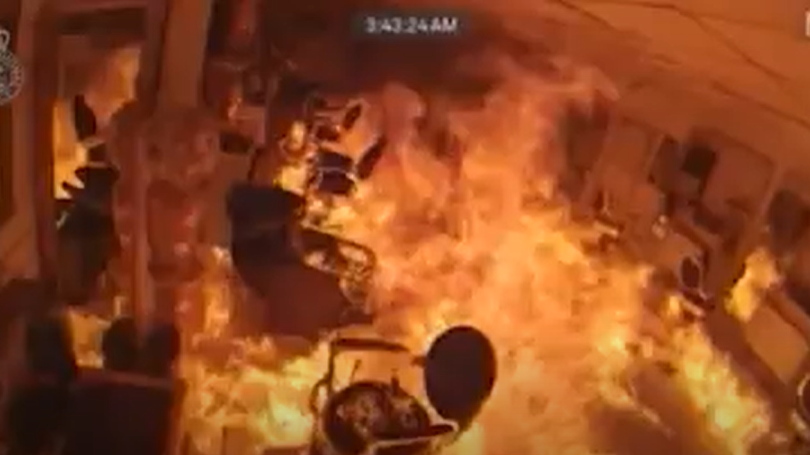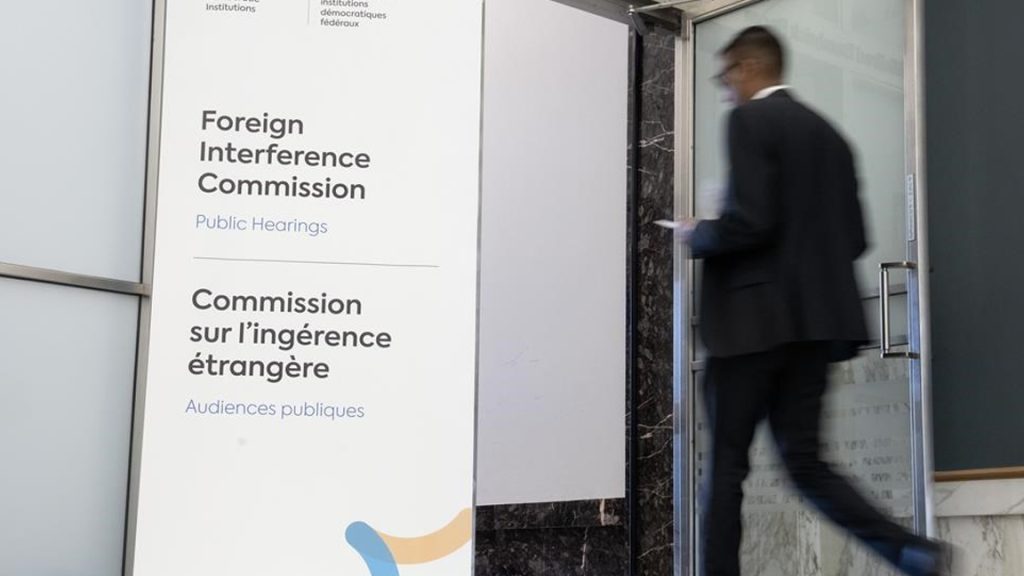Sign language interpreters praised for service during daily briefings
Posted April 1, 2020 8:17 pm.
Last Updated April 2, 2020 12:18 pm.
You’ve seen them backing up the Premier and health officials on a daily basis – literally.
Christopher Desloges is the hearing American Sign Language (ASL) interpreter you see for the provincial government updates standing to the left of Premier Ford and Kim Pelletier is usually the deaf interpreter you see during the province’s medical updates.
Both work as a team at Queen’s Park to make press conferences accessible to the hearing impaired.
Desloges explains that deaf interpreters grow up deaf and their first language is ASL which gives them a much stronger control over the language. He says hearing interpreters like him usually learn ASL later in life.
Praise has been pouring in for both of them from the community and on social media for their tireless work and expressiveness.
Premier Ford also acknowledged their work on Wednesday, singling out Desloges to thank him for his service.
“My friend, you’re a champion, you’re a rock star, helping people in the deaf community and it’s so important the role you’re playing,” said Ford.
While their facial expressions and animated movements might draw attention, it is a serious service for those who are deaf.
Pelletier stresses the fact that signing is a language, and like any language, it’s a means to clearly communicate important information.
“Facial expressions are part of deaf culture,” says Pelletier. “It’s part of the grammar in ASL. So facial expressions are something that we have to use to make sure people are understanding our tone.”
When it comes to COVID-19, because the virus is new, a new sign had to be created to communicate about it.
Pelletier explains that it was developed somewhere in Europe. Once it impacted that part of the world via China, the deaf community began developing the language around it.
The sign consists of a partially closed fist and an open palm spread out behind it — somewhat mimicking what the coronavirus looks like.
Watch below for more COVID-19 related sign language
Desloges says that the social media attention they are getting is certainly a boost, but it’s serving the larger purpose of making accessibility visible.
“What’s really important is that a lot of people are starting to see accessibility and they’re seeing accessibility on a provincial stage,” he says.
Pelletier adds that it is wonderful that deaf Ontarians are seeing interpreters and they have access to understanding vital information.
“It is a door that has been opened for the deaf community and also a door for society to see and create more awareness,” she says. “So maybe it’s going to create more accessibility and flexibility for the deaf community and for deaf people to be included and that is amazing.”
Desloges hopes that after the pandemic passes, their new fans will start to host events that are more accessible and welcome the deaf community to those events much more often.
“That’s what my hope is and that’s what I’m gaining from all the attention that I’m getting on social media,” he says.










